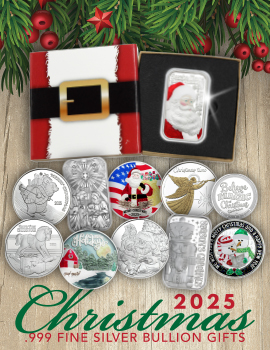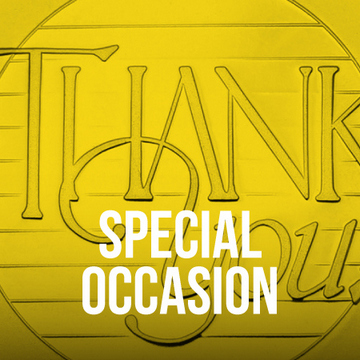
As complex and broad as the paper money currency field remains, it is also fascinating to learn about specific notes that made such an impact on the American economy whether financially or numismatically. One of those notes happens to be described as a “favorite for a long time” by the authors of Whitman Publishing’s 100 Greatest American Currency Notes. With a unique nickname and a top ten ranking, this next note remains scarce regardless of its higher original issue.
#4 - A Numismatic Favorite $2 “Lazy Deuce” National Bank Note
The “Lazy Deuce” was issued by over a thousand different banks with a total of over 7.7 million notes being recorded. Appearing at the bottom of a four-note sheet, the $2 notes were printed at one third of those $1 notes printed (they made up the other three notes out of the four). According to a Treasury report from 1948, close to 81,000 notes were still outstanding on government books, but today only approximately 2,000 are said to still exist.
These $2 notes have the National Bank Note Co. imprint on them as their earliest distribution was said to have been the First National Bank of Akron, Ohio, charter 27. Made in the Original Series and the Series of 1875, the last sheets were printed and issued on January 22,1879. The Series of 1875 featured a vertical imprint in red that appeared left of center on the face. The “lazy” part of this nicknamed note is derived from the concept of horizontal numerals. On the left of the face of the Lazy Deuce note is a female goddess named Stars and Stripes. The back of the note features a state seal with an eagle and the Introducing Tobacco to America vignette.
Scarce or rare are the terms used to describe these notes today. There are notes that are considered more rare as their location is important. A Lazy Deuce note from New Mexico or Utah is considered more rare than Pennsylvania or New York.
Historic market value of this note in a Choice Crisp Uncirculated condition back in 1960 was $300. In 2006, it climbed to $12,000.







